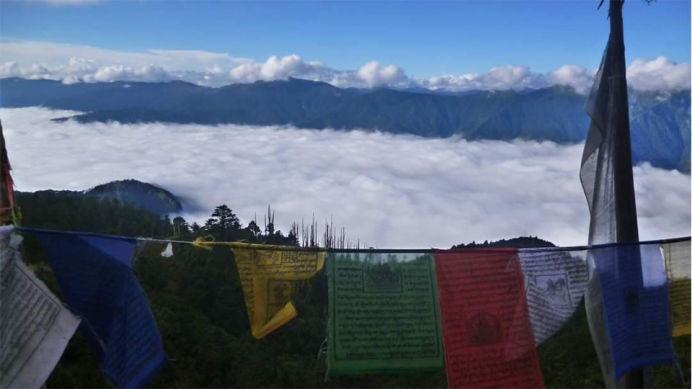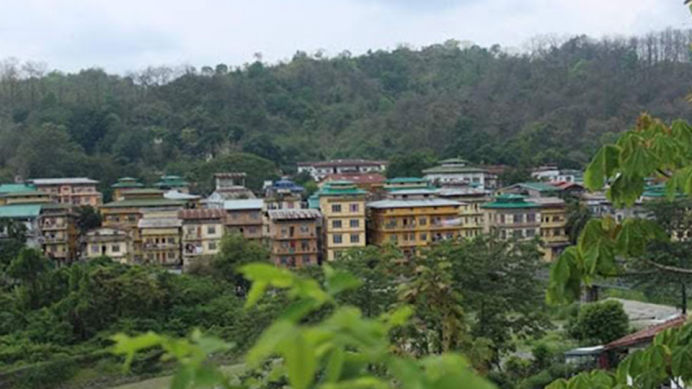Gateway to Eastern Bhutan
The gate way to Eastern Bhutan, SamdrupJongkhar is situated in the south eastern part and shares borders with the Indian state of Assam. It is by far the largest urban centre in eastern Bhutan. It lies at elevations ranging from 200m to 3,500m. In the earlier past, many British Political Officers stationed in Sikkim took the rote from SamdrupJongkhar to enter into Bhutan. Historically it was administered by the Gyadrung stationed at Dewangiri. Today the road from Trashigang to SamdrupJongkhar, completed in the 1960s, enables the eastern half of the country to access and benefit from trade with the south as well as across the Indian border as in the past where it was the main trading centre for the Bhutanese. SamdrupJongkhar is a convenient exit town for tourists who have arranged to visit the neighboring Indian state of Assam.
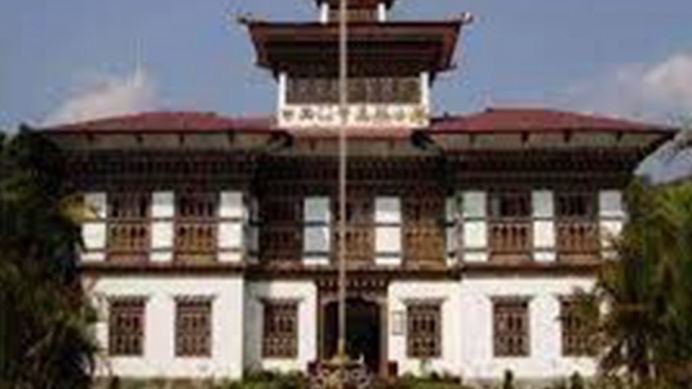
SamdrupJongkhar Dzong
The Dzong that serves as the administrative centre of the district is one of the newest dzongs to have been built in the country. Unlike other dzongs that are built on strategic locations, the dzong in SamdrupJongkhar is built on a sprawling ground.
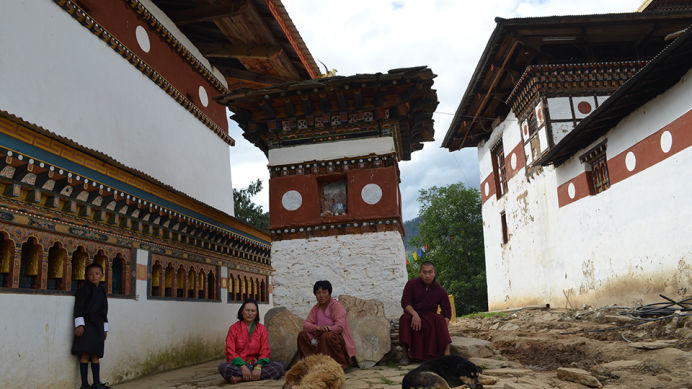
The Dratshang
The newly built Dratshang that is next to the Dzong houses the monk body. It has many new novices looked after by the religious functionaries.
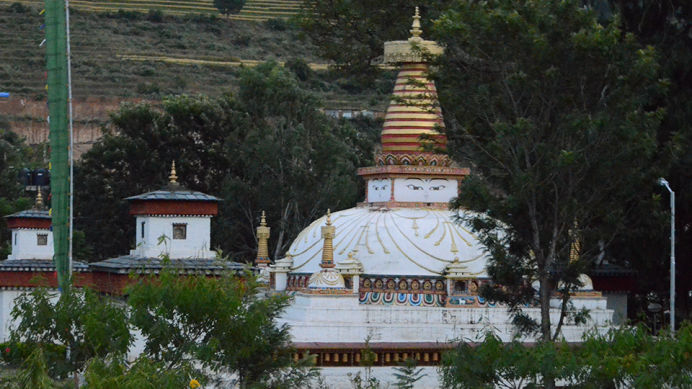
The Zangdopelri
The three storied Zangdopelri in the heart of the town serves the spiritual needs of the locals. One may come across intricate frescos and statutes, work of the Bhutanese master craftsmen.
